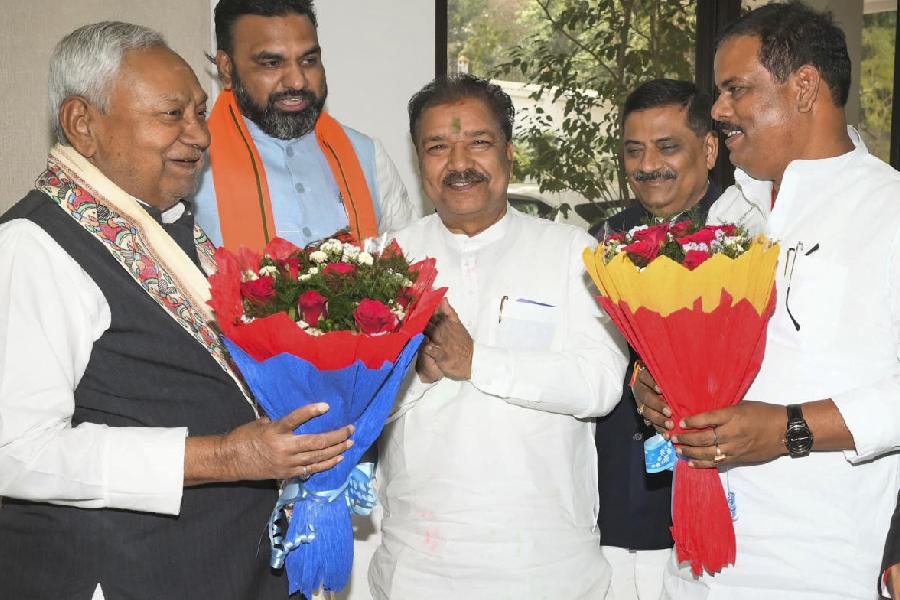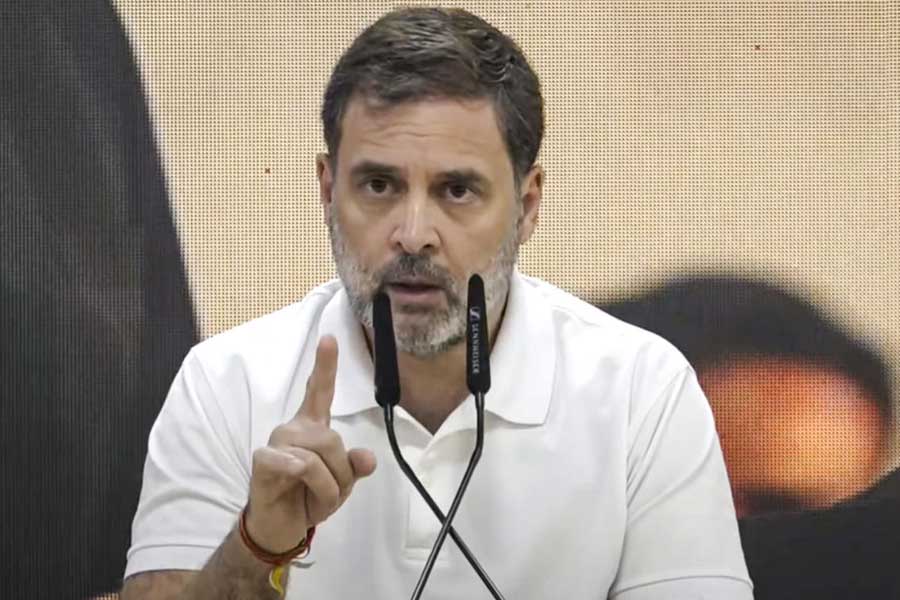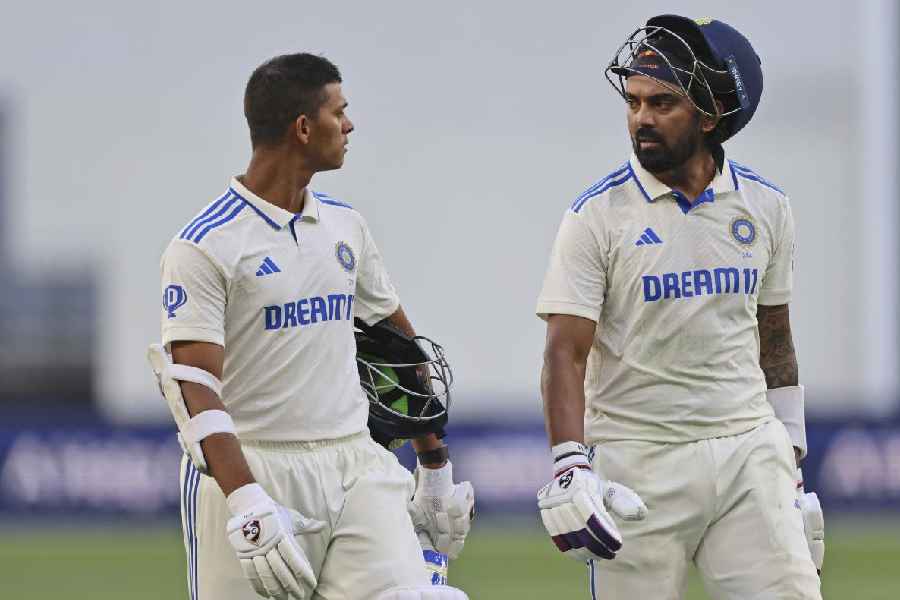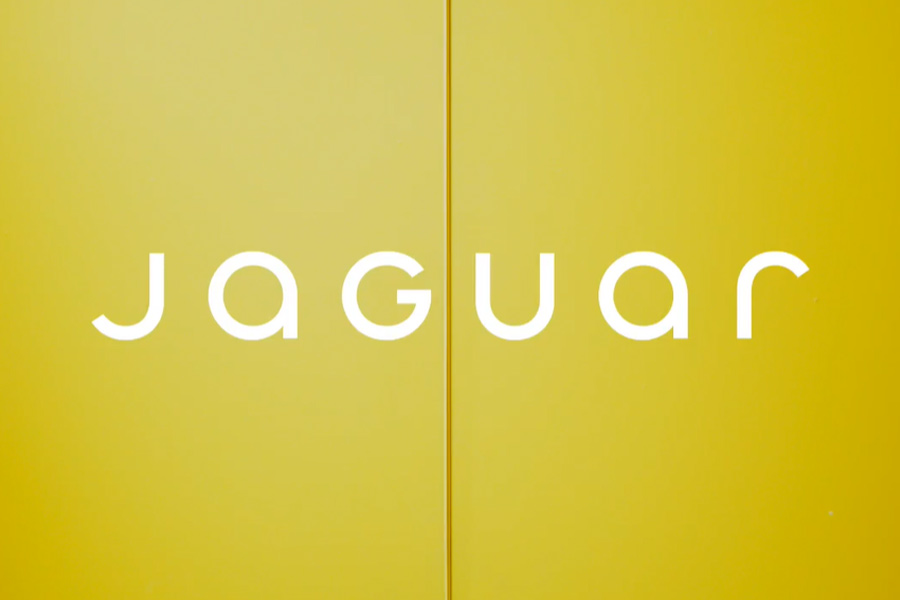Exactly a year ago, Prime Minister Narendra Modi announced a complete lockdown to curb the spread of the virus that causes Covid-19. The sudden lockdown hit daily wage earners, migrant labourers and the economy hard. But it provided a window of time for India to prepare for the epidemic and manage Covid-19 well. While people remained home, authorities enhanced testing and organised hospital beds, intensive care and ventilators. India has recorded over 11 million lab-confirmed infections and about 160,000 deaths.
From September 17, the number of infections declined steadily. Eureka, we said. We have stopped the coronavirus in its tracks. So why wear a mask? Why avoid assemblies? We started to party without masks. And, this year from February 15, infections began to rise. Whether genetically-altered forms of the coronavirus arising naturally are contributing to the rise is being investigated. But no one doubts that our relaxed behaviour is the main cause.
Now elections are round the corner in many states, including Bengal. More assemblies. More physical proximity. Less masking. Expect the inevitable!
A sense of security provided by the vaccines has added to the inappropriate behaviour. “Vaccines are available, so why wear masks?” many are saying.
We have vaccinated over 45 million of our citizens. But that is less than 3 per cent of our population. The young people need to protect themselves with masks and refrain from partying. They are unlikely to get a vaccine very soon.
While behaving appropriately to prevent Covid-19, let us celebrate the triumph of science. Vaccines for the coronavirus have been developed at breakneck speed. The fastest any vaccine has ever been developed was four years — for mumps in the 1960s. Usually, it takes about 10 years. And now, within a year of the emergence of the virus, a fully-tested vaccine for the coronavirus was approved for emergency use. That was the Pfizer-BioNTech vaccine. Thereafter more vaccines have emerged.
Three factors were responsible for this extraordinarily rapid success. First, there was a bedrock of earlier scientific research on related viruses and faster ways to make vaccines. Second, availability of enormous funding to enable testing of multiple candidate vaccines in parallel. Third, regulators acted much faster than normal.
Our body’s natural immune systems protect us from infections. Conventional vaccines use killed or disabled forms of the virus to stimulate immune defences against infection by a live virus. Covaxin, developed in India, is one such.
An alternative method is to package the genetic code of an important viral protein in a carrier and use that as a vaccine. One needs to be sure that the carrier is safe for humans. Oxford-AstraZeneca had many years of experience in developing safe carriers. Their vaccine (Covishield) uses a chimpanzee adenovirus (a flu-like virus) as a safe carrier (the virus cannot make copies of itself) that encases the genetic DNA sequence for the viral spike protein, which the virus uses to dock to human cells. When the vaccine is injected, our cells engulf the virus. The virus then pushes its DNA into our DNA. When our DNA makes our proteins, it also makes the viral spike protein which our body recognises as foreign and mounts an immune response. The immune proteins, thus artificially activated, protect us from the live coronavirus.
But the remarkable Covid-19 vaccines are the first two that showed high efficacy in large human (Phase III) trials; invented by Pfizer-BioNTech and Moderna. These vaccines are being widely used in the USA, but are not yet available in India. These are messenger RNA (mRNA) vaccines. Our cells read mRNA to make proteins. Naked mRNA can be easily destroyed. Therefore, vaccine manufacturers package mRNA in tiny oily bubbles, called lipid nanoparticles. The mRNA used in Covid-19 vaccines code for the viral spike protein. Upon vaccination, the mRNA containing bubbles bump into our cells, fuse with them and release mRNA. Our cells then start producing the viral spike protein. Our immune system is then triggered. This technology is very simple but revolutionary. An mRNA vaccine can be rapidly synthesised in a chemistry laboratory and deployed. If one fails, another possible candidate can be quickly synthesised and tested. Almost like plug-and-play.
Sounds simple? Conceptually yes. But technically no. Two decades of scientific research provided the knowledge base required to invent the mRNA vaccines so rapidly. There is an emphasis on translational research now. Rightly so. But basic research that generates knowledge essential for translation must not be curtailed.
The slowest part of vaccine development is to prove that a vaccine is both safe and efficacious. Testing is first done on animals and then on humans, in three phases. In the final phase (Phase III) a large number of humans are tested to determine efficacy of the vaccine. Phase III trials require a lot of money and time. For Covid-19 vaccines, governments and philanthropists were generous. Billions of dollars poured in so that companies could take financial risks and test many potential vaccines simultaneously.
Vaccine rollout is regulated by national and international agencies. Safety and efficacy are assessed using stringent criteria. For the first time in human history, national regulators exchanged information massively on Covid-19 vaccine trials under the auspices of the International Coalition of Medicines Regulatory Authorities, set up in 2012. The Coalition for Epidemic Preparedness Innovations launched in 2017, also facilitated the process. This information exchange helped determine best end-points to measure efficacy and monitor side-effects. One hopes that this international co-operation will continue for future vaccine rollouts.
We have to save ourselves by continuing to wear masks and avoiding proximity to others. We will all get vaccinated, possibly soon. Many more vaccine rollouts are expected; over 250 candidate Covid-19 vaccines are being tested. We must salute scientists who have collectively risen to the challenge imposed by the pandemic. We must also remember that these extraordinary feats didn’t happen overnight; could not have happened without a solid platform of basic science.












